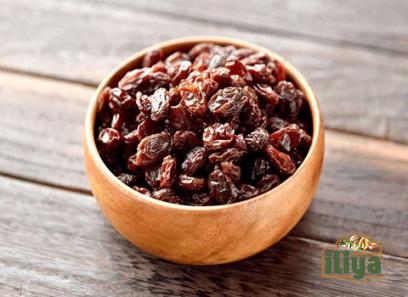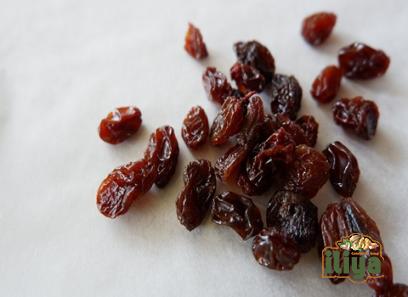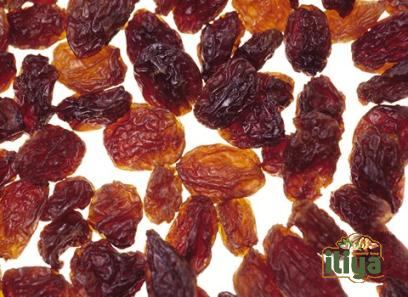Raisins have long been a staple in pantries around the world, adding a burst of sweetness and a chewy texture to a variety of dishes.
Among the vast array of raisins available, Chilean raisins stand out for their exceptional quality, unique flavor profile, and rich cultural heritage.
Renowned for their golden hues and succulent taste, Chilean raisins have carved a niche for themselves in the global market as a premium product of South America.
In this article, we delve into the origins, production process, nutritional benefits, and culinary uses of Chilean raisins, shedding light on why these golden gems are a must-have in your pantry.

.
 The Production Process: From Vine to Raisin
The Production Process: From Vine to Raisin
The journey of a Chilean raisin begins in the sun-drenched vineyards of Chile, where grapevines bask in the warm Mediterranean climate and nutrient-rich soils.
The most common grape varieties used for Chilean raisins include Thompson Seedless, Muscat, and Flame Seedless, each contributing its unique flavor profile to the final product.
Harvested at peak ripeness, the grapes are carefully hand-picked to ensure only the best fruit is selected for drying.
After harvesting, the grapes are transported to drying yards or drying tunnels, where they undergo the dehydration process.
Traditionally, Chilean raisins were sun-dried on wooden trays, allowing the grapes to naturally shrivel and concentrate their sugars.
However, modern producers also utilize mechanized drying techniques such as tunnel dryers, which offer greater control over temperature and humidity levels, ensuring a consistent and high-quality product.
..
 Exploring the Culinary Diversity of Chilean Raisins Traditional and Contemporary Recipes
Exploring the Culinary Diversity of Chilean Raisins Traditional and Contemporary Recipes
Chilean raisins are a versatile ingredient that can be used in a wide range of traditional and contemporary recipes, adding depth of flavor and a touch of sweetness to dishes from various cuisines.
In Chilean cuisine, raisins are a common ingredient in dishes such as pastel de choclo, a savory corn pie topped with a mixture of ground beef, onions, and raisins, and cazuela de ave, a chicken soup featuring raisins and potatoes.
Outside of Chile, Chilean raisins are popular in Middle Eastern and Mediterranean cuisines, where they are used in dishes such as rice pilaf, tagines, and baklava.
The sweetness of raisins provides a counterbalance to savory and spicy flavors, creating a harmonious blend of tastes that is sure to delight your palate.
…
 So, the next time you reach for a handful of raisins, consider indulging in the golden goodness of Chilean raisins and tapping into a world of flavor, tradition, and culinary inspiration.
So, the next time you reach for a handful of raisins, consider indulging in the golden goodness of Chilean raisins and tapping into a world of flavor, tradition, and culinary inspiration.
With their rich history, exceptional quality, and myriad culinary uses, Chilean raisins are a pantry essential that can elevate your cooking, nourish your body, and transport you to the sun-kissed vineyards of South America with every sweet and chewy bite.











Your comment submitted.